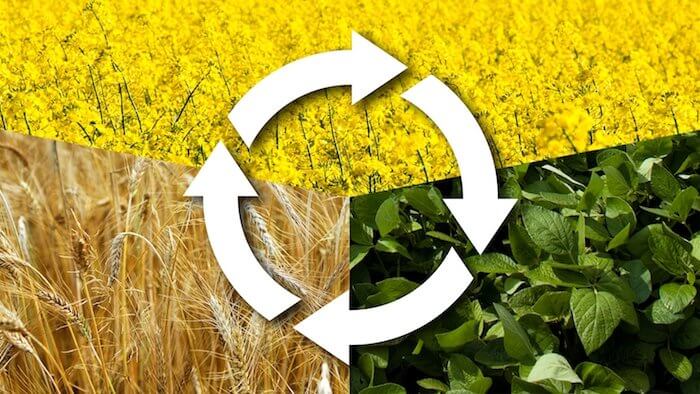The Livelihoods Carbon Fund is investing for the first time in the Brittany region of France to support 100 farmers in their transition to regenerative agriculture over 10 years. “Soils of Brittany” is a pioneering project conducted in partnership with a french region that is particularly committed to achieve its agroecological transition and has implemented regenerative agriculture practices with measurable results over the past 20 years. What is regenerative agriculture? What are its practices? Here is a deeper dive into look at an agricultural practice that is still marginal in France, but with promising benefits. Thanks to its holistic approach, regenerative agriculture improves soil health, preserves biodiversity, and enhances the farmer’s entrepreneurial approach.
Restoring soil health: what is regenerative agriculture?
Regenerative agriculture is based on agricultural practices whose primary objective is to regenerate soils, in other words increase their organic content to improve their fertility. This model conserves and restores soil organic matter by protecting the habitats of micro and macro-organisms. Benefits also include improved soil water conservation and erosion resistance.
In fact, regenerative agriculture is based on a global approach that places the soil at the heart of the system, to produce efficiently and sustainably: a triptych made up of the soil, the animal world, and the plant world, which allows the creation of food chains between all three ecosystems. It is the balance and diversity of organisms within this triptych that ensures the restoration of soil health. Regenerative agriculture implies a complete revisiting of the farming system, a change of practices and benchmarks acquired through conventional agriculture. The adoption of regenerative farming practices is based on three key principles that aim to reduce tillage, maintain a better balance, and continuously nourish the soil with permanent plant cover. Adopting regenerative agriculture also involves time, motivation and a necessary commitment that requires coaching and training of the farmer over three to five years.
Permanent cover, crop rotations, less tillage: three key practices to regenerate the soil
Permanent cover crops provide a permanent cover that nourishes the soil throughout the year:
Unlike in conventional agriculture, which does not systematically produce cover crops between two productions, the continuous presence of plant cover crops helps the agricultural ecosystem to produce a maximum amount of biomass. This increases the organic matter of the soil, which favors its fertilizing properties. Permanent cover crops improve the physical, chemical, and biological properties of the soil. This is what helps recreate its health capital.
Longer and more diversified crop rotations will also reduce pest pressure and balance the soil ecosystem:
Diversification of plant species helps control pathogens, insect and weed pressure and thus limiting the use of insecticides and pesticides.
A diversified crop rotation also improves soil structure by diversifying the length of rooting zones, which promotes water infiltration. Different crops with different nutrient needs, and waste products will promote a balanced and more resilient soil ecosystem. These rotations typically last between 4 and 6 years.
Implementing these rotations requires in-depth agronomic reflection and must be defined according to the complementarity of nutrients from one crop to another. Farmers participating in the project will benefit from the support of experienced agricultural advisors to design and manage their own rotation system according to the soil and specific conditions of their farm.

The third lever is to minimize tillage to limit soil depletion: traditionally, tillage is used to eliminate weeds between two crops. But the intensification of this practice has generated considerable soil degradation. The priority of regenerative agriculture is to avoid mechanical disturbance of the soil to leave room for natural cycles between two crops. This involves working only the top layer of the soil, which is less disturbing than conventional tillage. Direct seeding consists of planting the seeds directly into the soil without destroying the cover crops with a special seeder. This practice helps to keep the soil intact.
Nicolas HALLEGOUET, farmer in Guipavas, Finistère department in Brittany region, and pioneer of regeneratove agriculture testifies about his approach, his practice and the results observed for 20 years on his farm:




